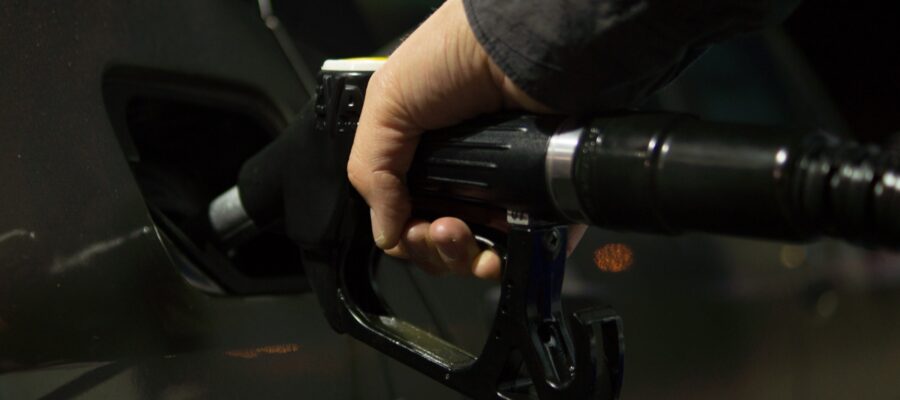Content
Combines to drive while saving money
14 tips to save on gas
Tip #1: Optimize your trips
Organize your trips by studying the routes and the traffic. Also think about grouping your trips as much as possible and carpooling if possible: a solution that is both ecological and economical since the different passengers share the gas bill.
Good Plan n° 2: Don’t speed
A reasonable driving style consumes much less fuel than a car that drives very fast or accelerates abruptly. 10 km less on the highway means up to 5 liters of fuel saved, or 7 € and nearly 12 kg of CO2 over 500 km.
Tip #3: Drive at a constant speed
Smooth driving is the secret to saving fuel. You have to shift gears quickly and smoothly, try to keep the highest gear, anticipate any slowing down to avoid sudden braking. The road is not a racetrack! Save up to 20% of fuel every 100 km. And if your car is equipped with cruise control, it’s even better.
Tip #4: And drive aggressively in the city
Start your engine smoothly and anticipate slowdowns by using engine braking rather than the brake pedal. Aggressive driving in the city can increase your fuel consumption by up to 40%, which means €4 in unnecessary expenses and 7 kg of CO2 per 100 km.
Tip #5: Turn off the engine at red lights
It is estimated that for any stop longer than 30 seconds, it is more economical to turn off the engine than to leave it running. Studies estimate that the action of restarting is equivalent to 7 to 10 seconds of idling. So, at least 20 seconds are saved by turning off the engine. And the battery won’t wear out any faster by doing so.
Tip #6: Use the engine brake
Contrary to what we think, braking by disengaging the clutch is not necessarily the most economical solution. In addition to being dangerous, and making the brakes hot, it is also a consumerist solution because using the engine brake interrupts the fuel supply, unlike disengaging the clutch.
Tip #7: Change the air filter
Every 30,000 kilometers, you should think about changing the filter to allow optimal air intake to the vehicle. A clogged air filter increases fuel consumption by 3% and a poorly maintained engine by even more, i.e. almost 40 € per year and 70 kg of CO2. It is even advisable to remove it halfway through the journey to clean it superficially.
Tip #8: Don’t abuse the air conditioning
The use of air conditioning should not be systematic. When it is on, air conditioning increases your vehicle’s fuel consumption. In the city, the extra consumption is on average 3 to 10% and on the road 15 to 25%. If it’s very hot, use the “recirculation” command in manual air conditioning to recover cool air from the cabin and reduce the energy consumed by the system.
Tip #9: And still prefer the air conditioning on the highway
And while keeping the air conditioning off all the time may seem like the ideal solution, the reality is different: while doing without this little luxury at a standstill or at low speeds really saves gas, on the highway and at high speeds, it’s a different story. In fact, having your windows open to ventilate the passenger compartment cancels out any savings made by turning off the air conditioning. So it’s better to use it for long-distance journeys.
Tip #10: Don’t overload your car
100 kg more means 5% more fuel consumption. You should therefore think about emptying unnecessary items stored in the trunk, glove compartment or any other storage. For modular vehicles, you can even remove temporarily useless seats. Translated with www.DeepL.com/Translator (free version)
Tip #11: Think about aerodynamics
Prefer a roof box to a roof rack. And don’t forget to remove them after use: even when empty, a roof rack consumes up to 10% more fuel, or 1€ and 1.75 kg of CO2 every 100 km. And on the highway, remember to keep the sunroof… closed.
Tip #12: Don’t fill the tank completely
Again for weight reasons, the gas tank should never be filled to the brim. Our advice: try to keep it only half full. Obviously, for long trips, there’s no point in playing with fire and risking running out of gas because the tank is too low before the trip.
Tip #13: Inflate the tires to the max
An under-inflation of 0.5 bar, in addition to being dangerous, represents 2.4% of additional consumption, i.e. 33 € and 58 kg of CO2 per year! Correctly inflated tires significantly reduce fuel consumption because they have less friction on the ground. It is advisable to have tires inflated slightly above the manufacturer’s instructions and to check the pressure of your (cold) tires at least every two months
Good Plan n° 14: Don’t miss the revisions
Take advantage of the service to have your engine and idle speed adjusted. The engine should run smoothly, without stalling, even in cold weather. There’s no need to make it run faster than necessary.
